Use of Only One Color in Art Is Called
(Get gratuitous painting tips and techniques sent direct to your inbox or on my social media.)
What are color schemes in art?
Equally a beginner artist, y'all accept to empathise the properties of colour (hue, saturation, and value), and how to use them harmoniously to create beautiful paintings. The footing of agreement the hue holding of color lies in the color wheel, and diverse colour schemes in art. Color schemes are also known every bit color harmonies. These are well recognized sets of hues that blend well to create beautiful artwork, that have been used through the centuries.
How many color schemes are there?
Birthday there are xviii colour schemes, or harmonies, in art. Every bit a beginner you don't need to know them all. Some useful ones that are easy to understand and use for beginners are: Balanced, Analogous, Basic Complementary, and Divide-Complementary.
What are the three basic Counterbalanced colour schemes in fine art?
There are three Balanced color schemes in art: chief, secondary and 3rd. As you tin see in the colour diagrams below, the hues are spread evenly around a wheel. Artists employ colour wheels equally a way to arrange colors according to their relationships. When you fix your painting palette, having them arranged around the wheel makes information technology easier to find and mix your colors.
Primary colors
The most basic color scheme in art has only 3 colors, or hues: cherry (R), blue (B) and yellow (Y).
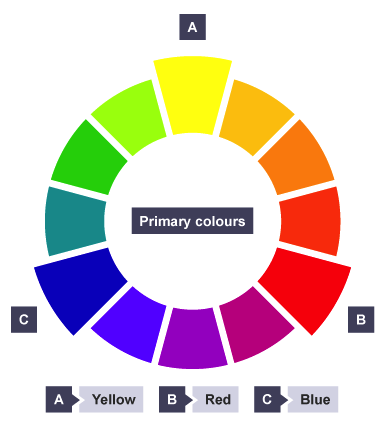
These are called the 3 primary hues considering they are pure, they cannot be created by mixing other colors. Together they are called a primary color harmony.
Onetime Master main color harmony paintings
You tend not to run into principal color schemes in Old Master paintings, just they were widely used during the abstruse art motion. Piet Mondrian and Marker Rothko both used main colors in a lot of their paintings.
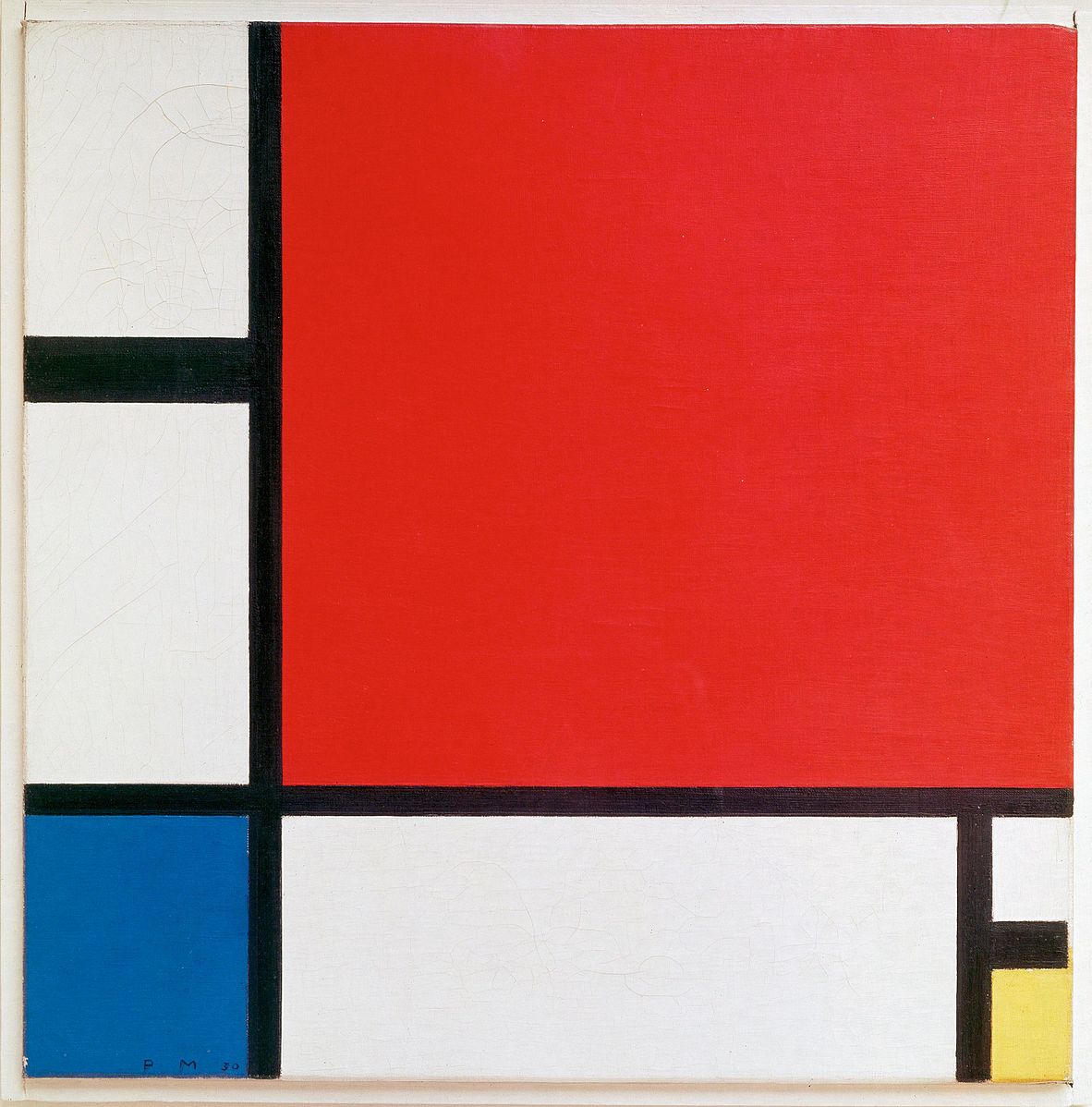
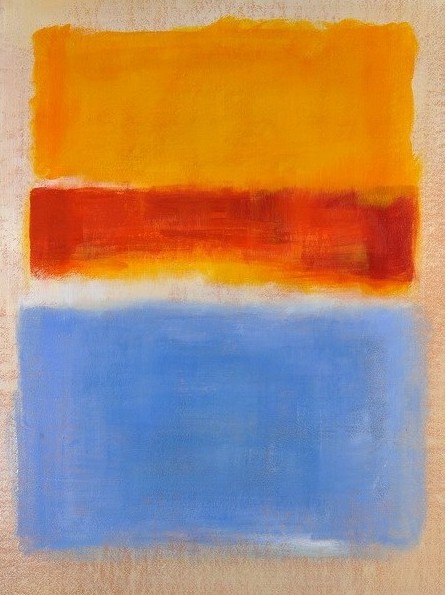
Secondary colors
Secondary colors are created by mixing the primary colors in equal parts. There are three secondary colors. Orange (YR), Green (G), and Purple (P).
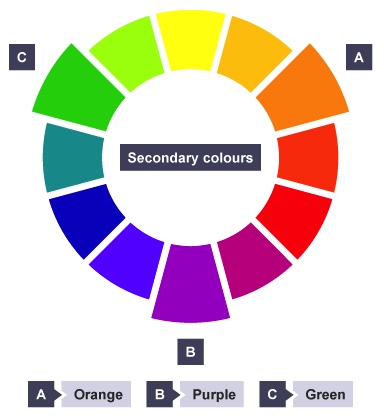
Orange is created by mixing red and xanthous colors. Greenish is made by mixing xanthous and blue colors. The 3rd and last secondary color is purple which is created past mixing red and blue.
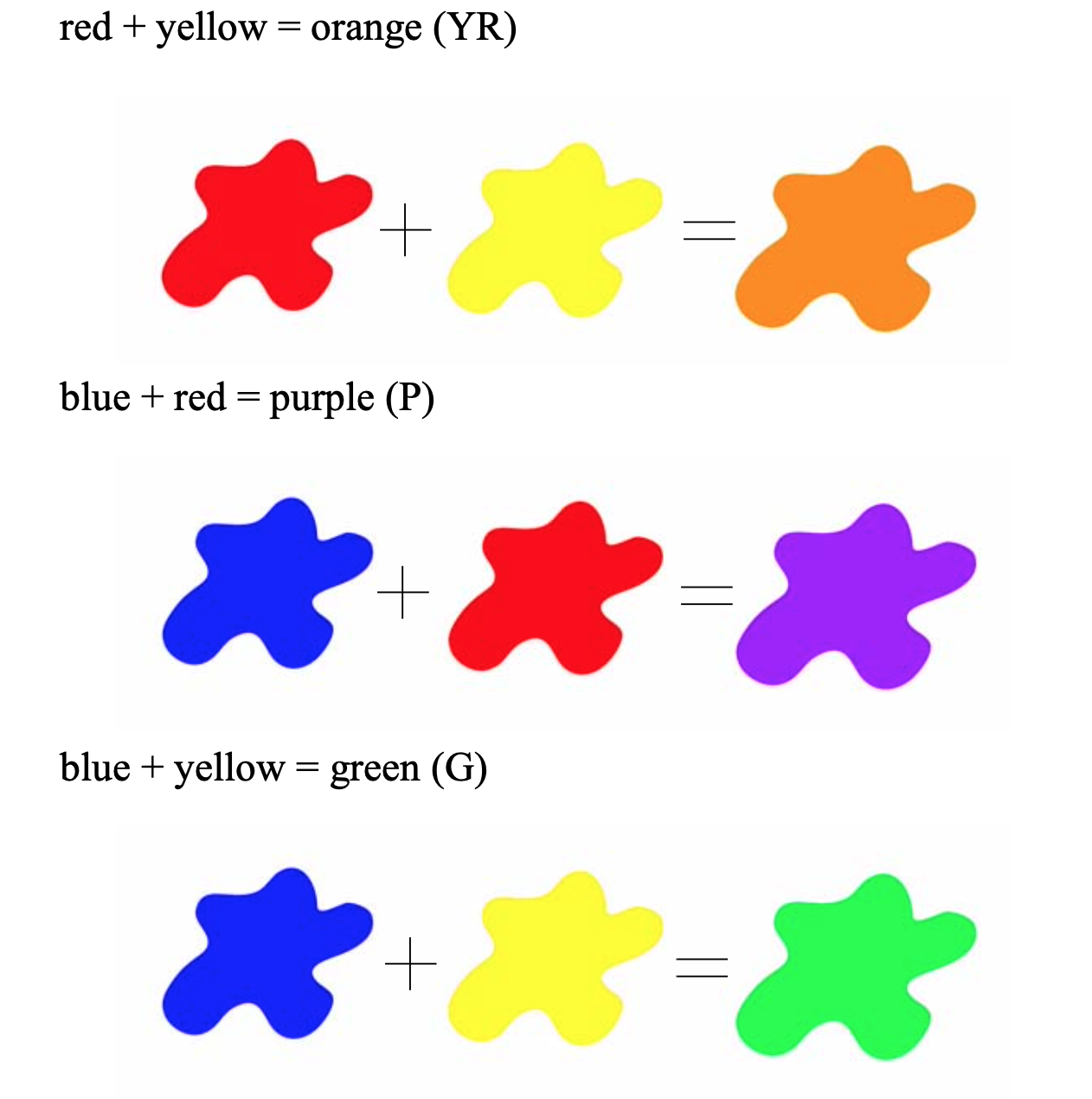
These colors are known every bit a secondary color harmony.
Erstwhile Master secondary color harmony paintings
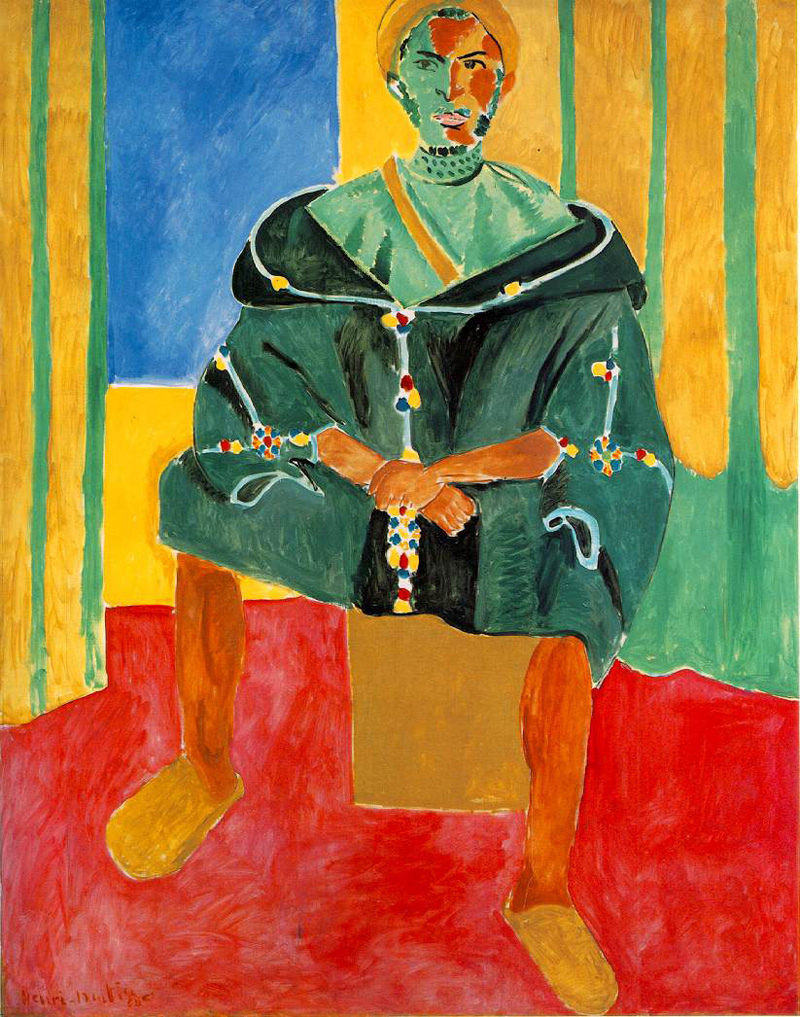
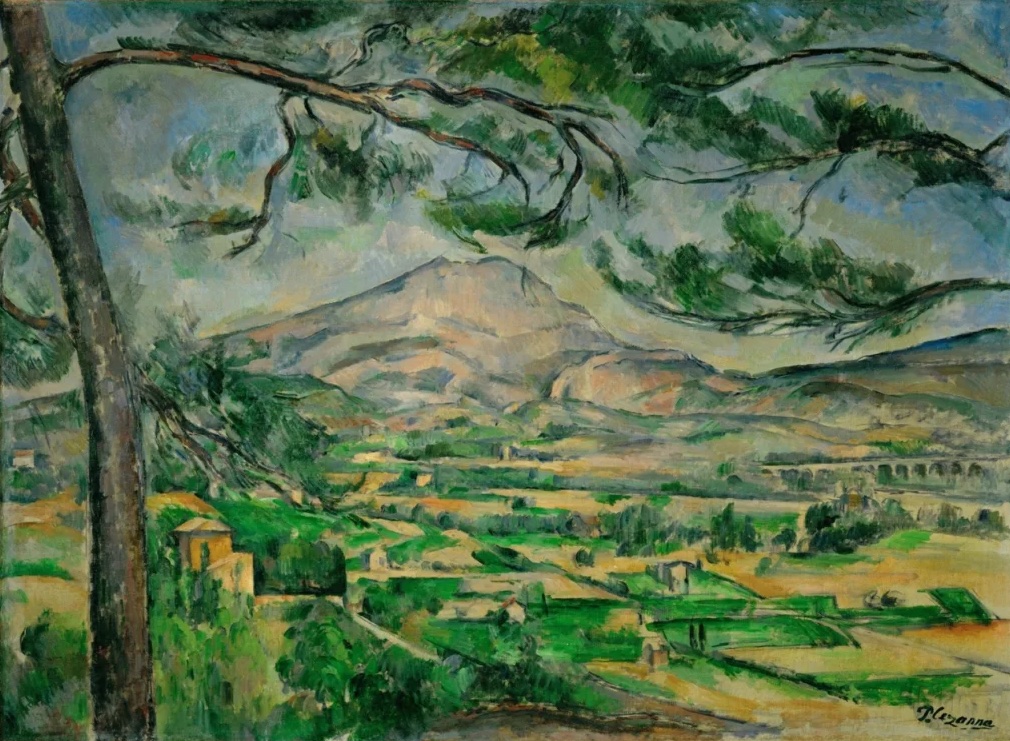
3rd Colors
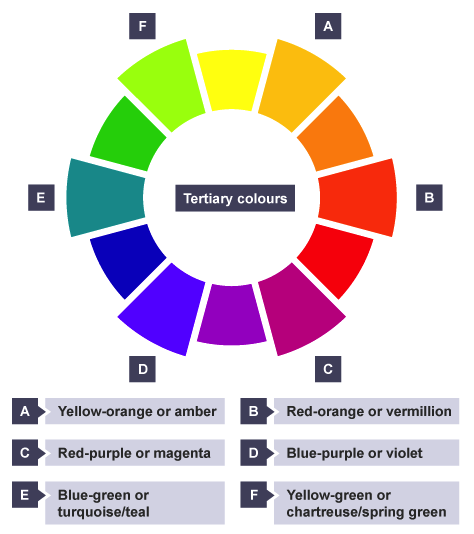
3rd colors are the third level of hue. They are fabricated by mixing equal parts of one main and one secondary hue, and are named subsequently the parent hues. For example: yellow plus dark-green makes yellow-green (YG), reddish plus majestic makes red-purple (RP) and so on.
The 3rd colour harmony has 12 tertiary colors. The 3 primary and iii secondary colors, plus blue-greenish, bluish-purple, red-orange, ruddy-purple, yellow-dark-green, and yellow-orange.
Erstwhile Master tertiary color harmony paintings
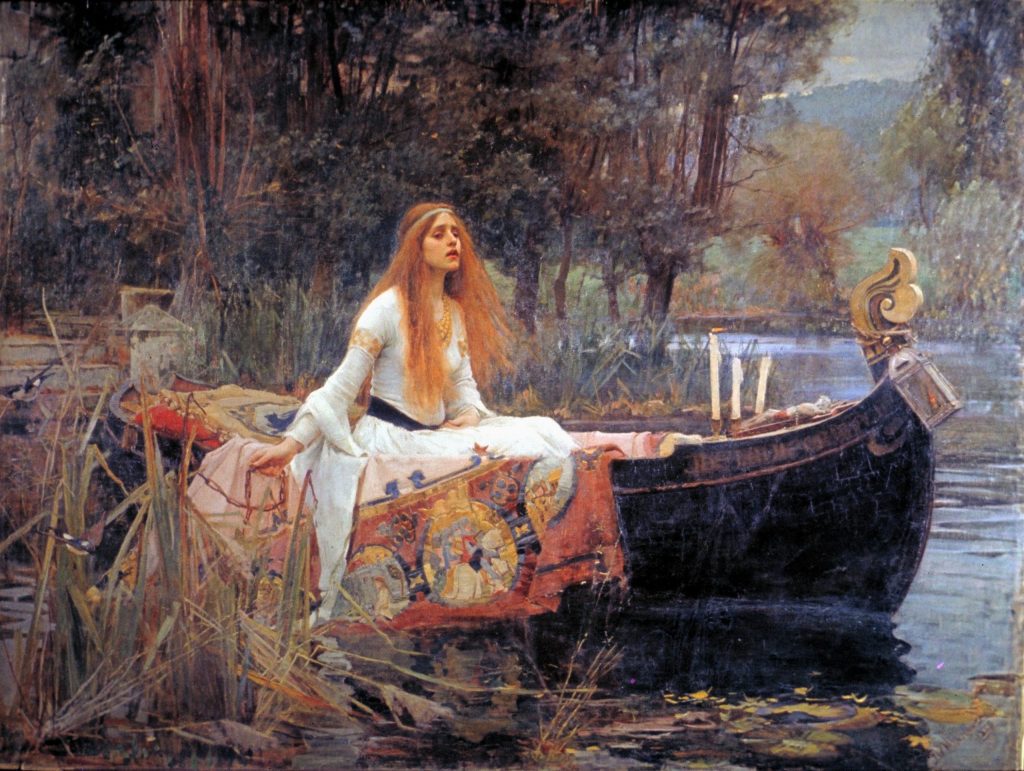
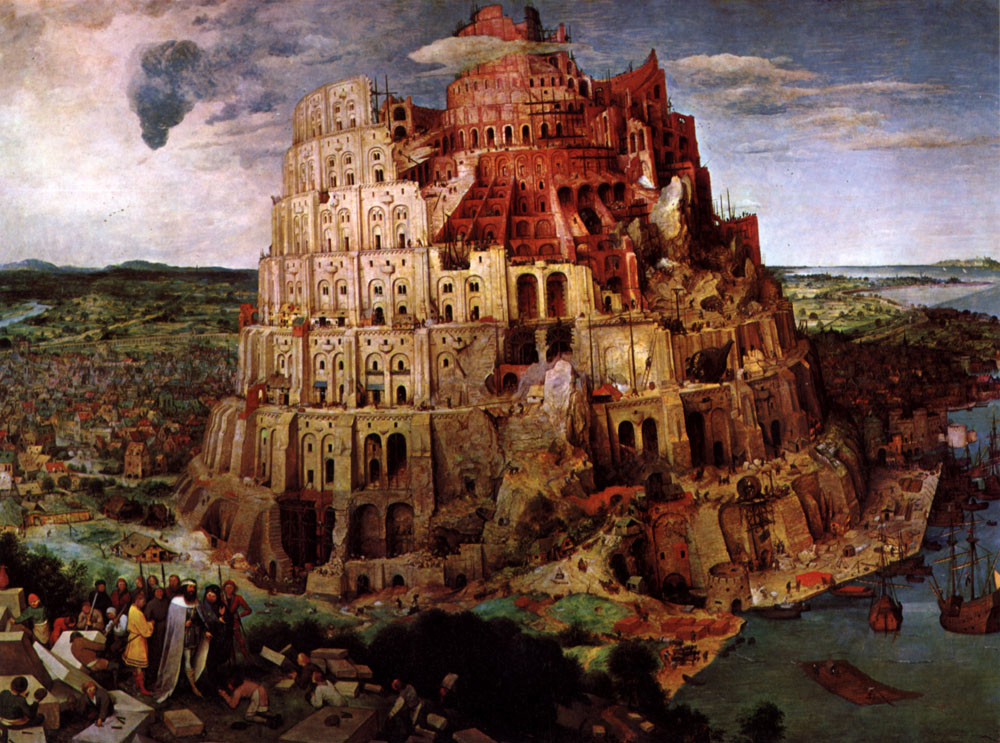
Advanced color schemes in art
We take already seen the three Balanced color schemes (primary, secondary, and 3rd). Here are three more important color schemes in art for beginners.
Complementary color harmonies
Complementary color harmonies and hybrids of these harmonies are probably the most important harmonies of all. This is considering a cardinal aspect of painting involves the contrast of opposites: warm confronting cool, light against nighttime, loose confronting tight, big confronting modest, then on. When yous place complementary colors next to each other, you create a very strong contrast where the colors appear more than brilliant and brighter.

The above diagram illustrates the Basic Complementary harmony, which consists of two hues reverse each other on the color bike.
Split complementary color harmonies

This is a dissever complementary harmony, where 1 of the two complementary hues is replaced by the ii hues immediately either side of it on the color wheel. For case, the split of the xanthous-violet complementary harmony is the yellow-blood-red violet-blue violet separate complementary. Conversely you can keep the violet and apply the violet-yellow orange-yellow dark-green separate complementary harmony.
The use of complementaries adds excitement to a painting and is a means by which yous can emphasize certain parts of the painting in order to communicate the chief idea or concept of your painting.
Coordinating color harmonies
Coordinating harmonies use colors adjacent to each other on the color bicycle, such as reddish, red-orangish, and ruby-red-violet. These harmonies are simple to apply since all the hues are closely related.

Some more examples are:
- xanthous, xanthous-light-green, and green
- violet, red-violet, and red
- red, red-orangish, and orange
- blue, blue-violet, and violet.
Coordinating harmonies ofttimes convey a feeling of tranquility and residue.
More than about color harmonies
Colour harmony derives partly from the relationship of hues to each other in a painting.
Color harmonies are commonly described using a color wheel. These wheels show the human relationship of the hues. There are 4 major types of colour harmonies you need to know about.
How to use these charts
Do not use these charts while painting unless yous are using them purely as a learning exercise – information technology will kill your spontaneity. The best way to use these charts is when yous are sitting in a comfortable chair looking at your paintings and wondering why the painting is not working. Go the charts out and encounter if you can friction match your painting adequately closely to i of the charts, with just 1 color missing. If you can practice that, you lot may have institute the missing colour that could solve your painting trouble.
Counterbalanced harmonies use colors evenly spaced around the color wheel. The number of colors is ordinarily 3 (a triad) or four (a tetrad).
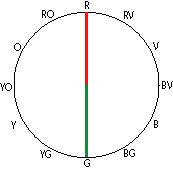
Complementary harmonies use colors reverse each other on the color bicycle, such as ruby-red and green.
The double split complementary scheme is peradventure the most useful of these harmonies.
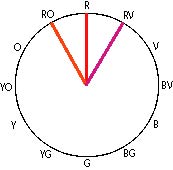
Analogous harmonies use colors adjacent to each other on the color cycle, such as cerise, red-orange, and blood-red-violet.
This category has limited utilise because there is not enough contrast betwixt the colors.
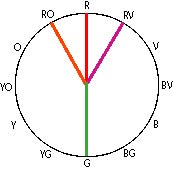
This category is a hybrid of the analogous and complementary harmonies.
This particularly interesting and useful harmony uses a series of analogous colors that are balanced by the colour that is complementary to the primal color of the analogous grouping.
To learn more
To learn more near the different color harmonies and how to use them, run across the lessons on Color in the Virtual Art Academy® Apprentice Program.
Cheers
Thank you for taking the fourth dimension to read this article. Please feel gratis to share it with friends. If you are interested in a structured approach for learning how to paint, have a look at my online painting classes.
Happy painting!
Barry John Raybould
Virtual Art Academy
What The Students Are Saying
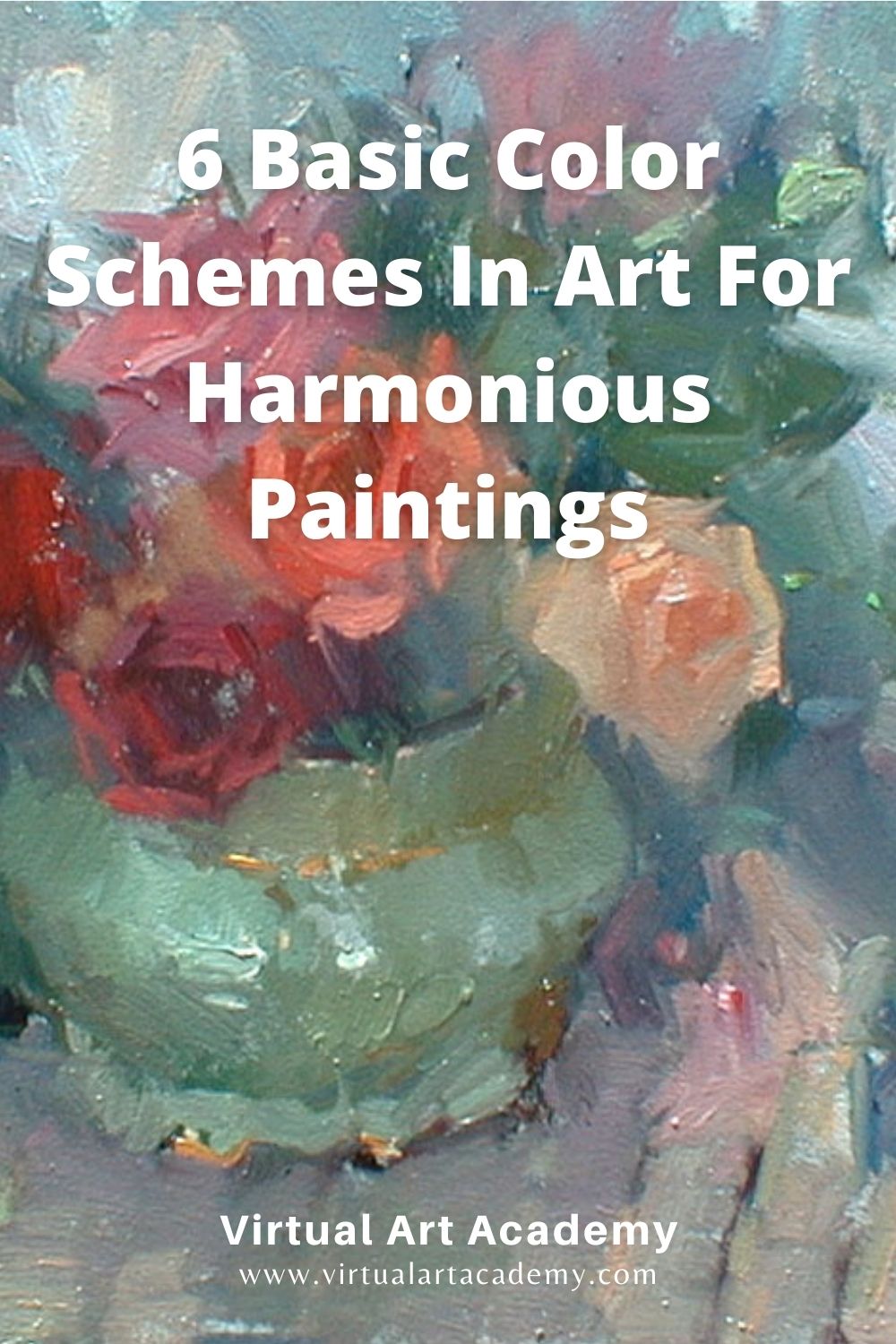
Source: https://www.virtualartacademy.com/color-schemes-in-art/
0 Response to "Use of Only One Color in Art Is Called"
Post a Comment